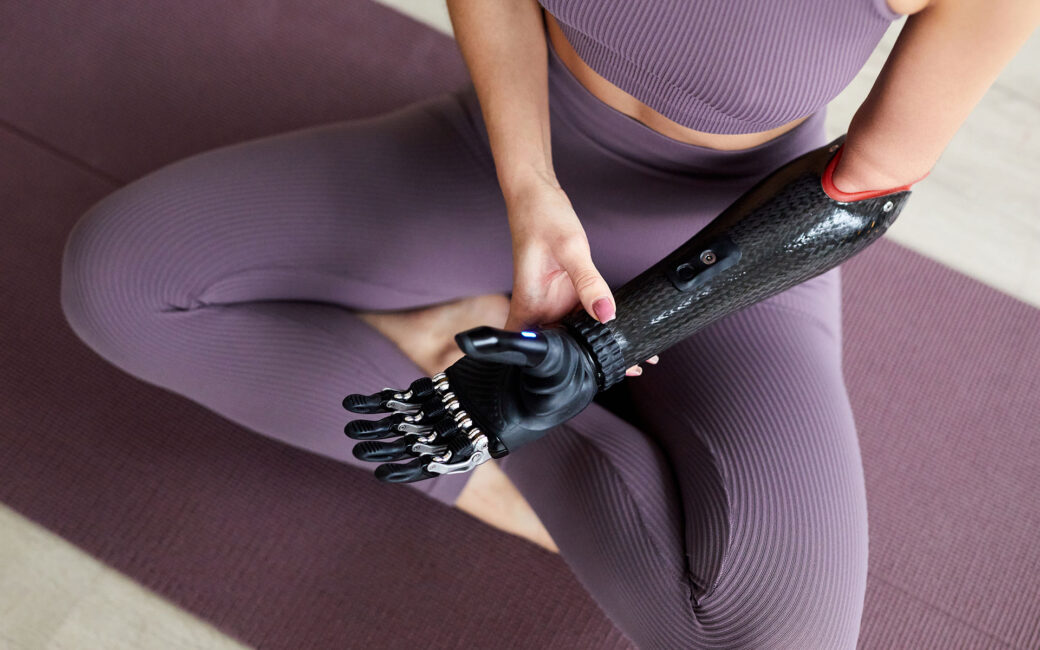Five Things to Consider when Buying a Prosthetic.
Getting a prosthetic is a very involved process. Once the limb has been amputated, the first step is recovery, so that the surgical scar heals properly. The recovery usually takes at least two weeks, after which the patient can begin the rehabilitation process and practising with the artificial limb. Here are some points to consider, and discuss with your prosthetist before making your choice.
Comfort: The level of comfort a prosthetic offers is very important, especially when you use it day to day. If the prosthetic causes any kind of irritation or swelling around the residual limb, consult with your prosthetist for an adjustment or a replacement. Comfort while moving is also important.
Requirements: One question to ask when getting fitted for a prosthetic is ‘What will I use it for?’ Each prosthetic is designed specifically for the person using it. Getting an artificial limb means getting measurements, moulds and making sure the limb fits just right. Artificial limbs are also classified on the level of activity the user is likely to be involved in. The classification, known as the K-Level starts from K-Zero to K-4, which indicates the lifestyle of the person with the prosthetic.
Environment: The environment is a very important factor to take into account when buying a prosthetic. The weather and the environs can affect your prosthetic and the limb remnant. Dry weather, humidity and cold all affect the way a prosthetic works. Dry skin can cause friction and irritation with the prosthetic and humidity causes sweat to accumulate, causing discomfort. Sand can affect prosthetic joints and salt water can corrode them if exposed. The residual limb and the stump can also be affected if the lining and socks are exposed to the elements and not washed thoroughly after.
Wearing Schedule: Adjusting to a prosthetic takes time and effort. Once the amputee has healed and completed physical therapy, he or she is fitted with a prosthetic. After the fitting has been completed, many adjustments and refits are made. A prosthetist always prescribes a wearing schedule to ease the patient into using an artificial limb with a minimum amount of wear-time, including standing and walking. The time is slowly increased if the patient shows no signs of discomfort.
Other Factors:
Affordability: Some of the more advanced prosthetic limbs can be very expensive. Artificial bionic limbs made for high levels of usage cost more than say, a mechanical limb.
Availability: Finding a prosthetic that fits the needs of the amputee can vary from location to location. Some places have access to a very limited selection of prosthetics that rarely go beyond basic. Normally, it’s the larger cities that have access to more advanced and specialized prosthetics.
Upper or Lower Extremities: Upper and Lower Extremity prosthetic limbs have different care and use guides. Lower limbs take a lot more stress and also affect balance than upper limbs. It’s best to consult a prosthetist on maintaining a prosthetic.
For information on our products and services, visit us at www.cpousa.com or contact us at 888.676.2276.
Contact Us.
Fill out the form below and someone from our team will get back to you right away.

